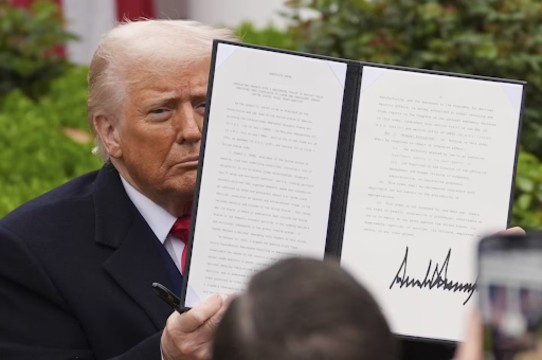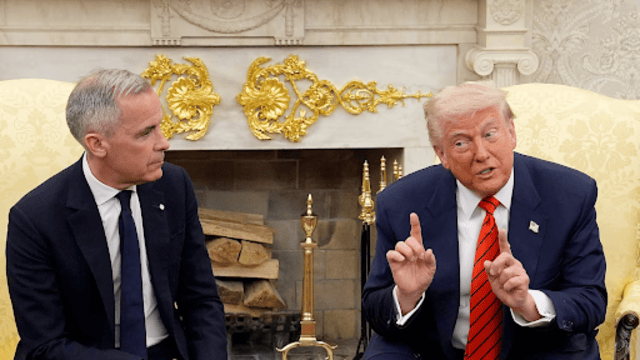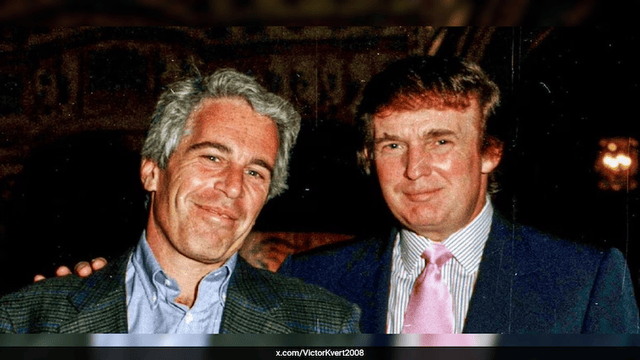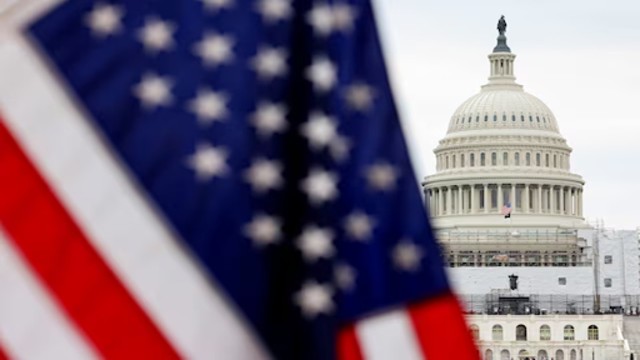
On Wednesday, April 2, 2025, at the White House Rose Garden, President Donald Trump signed an executive order introducing new tariffs. During the event, he officially announced the trade measures, marking a significant shift in U.S. economic policy. (AP Photo)
U.S. President Donald Trump declared a major tariff plan on what he called “Liberation Day” on Wednesday. The new policy includes a 10% baseline tariff on imports, but Canada and Mexico are exempt. However, previous tariffs on some Canadian goods remain, leading Prime Minister Mark Carney to promise countermeasures.
Canada’s Response to Tariffs
Carney met with officials after Trump’s announcement. While Canada avoided new tariffs, the duties on aluminum, steel, and other goods from last month remain. Carney said Canada will fight back with strong measures. He plans to meet with provincial leaders on Thursday to discuss the next steps. Sources suggest he may delay his response by a day.
Impact on Canada’s Economy
Experts warn the new tariffs could hurt Canada’s economy, especially in the manufacturing and auto sectors. However, some industries, like retail and tourism, might see benefits. Economist Tu Nguyen from RSM Canada believes these tariffs could trigger a recession. However, he noted that a stronger "buy Canadian" movement could help some businesses.
Political Leaders React
Conservative Leader Pierre Poilievre called Trump’s auto tariffs an “unfair attack” on Canada’s economy. Speaking at a rally in Kingston, he said Canada must stop relying too much on the U.S. and become an “economic fortress.” Poilievre promised that a Conservative government would fight to remove the tariffs.
NDP Leader Jagmeet Singh also reacted on social media. He said he would soon reveal “war-time measures” to protect Canada’s economy. Singh encouraged Canadians to unite against economic challenges.
Ontario Premier’s Perspective
Ontario Premier Doug Ford said he was “very grateful” that Canada was spared from new tariffs. He spoke on U.S. television, saying his focus is on maintaining strong ties with American leaders. Ford was relieved that Canada was not included in the latest trade restrictions but admitted that uncertainty over tariffs affects businesses on both sides of the border.
U.S. Senate Challenges Tariffs
The U.S. Senate passed a resolution to block Trump’s tariffs on Canada. The vote was close, with 51 in favor and 48 against. However, since the House of Representatives is controlled by Trump’s party, the resolution is unlikely to succeed. Four Republican senators voted against Trump’s plan, showing internal opposition within his own party.
Mexico and Canada May Benefit
Economic analyst Gabriela Siller believes Mexico and Canada could gain a competitive advantage. Since they are exempt from the new tariffs, their trade with the U.S. may grow. However, Mexico still faces some tariffs on steel and aluminum. Siller warned that the U.S. might increase pressure on Mexico regarding fentanyl production and migration issues.
More Tariffs Coming
Trump also announced a 25% tariff on all foreign-made cars, starting at midnight. While Canadian vehicles are exempt, future rules may target non-American components in cars. Trump hinted that more tariffs could be imposed on pharmaceuticals, lumber, and semiconductors.
Carney vowed to fight these tariffs with “purpose and force.” He stressed the need for unity and strong action to protect Canada’s economy.
Market Reactions
Following Trump’s announcement, the U.S. stock market showed mixed reactions. The S&P/TSX composite index in Canada rose by 273.90 points. In the U.S., the Dow Jones gained 235.36 points, while the S&P 500 and Nasdaq also closed higher.















